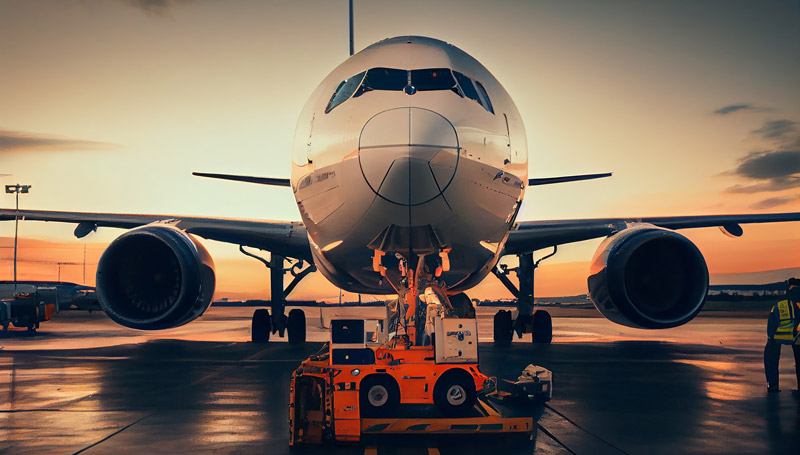Navigating the Skies: Unveiling the Hidden Risks of Aviation
2 min read
Aviation, a marvel of human ingenuity, has revolutionized the way we travel and connect with the world. However, behind the glamour and efficiency of air travel lie a multitude of risks that demand our attention. In this blog post, we will delve into the various dimensions of aviation risks, exploring the challenges faced by the industry and the measures taken to mitigate them.
- Operational Risks:
Aviation operations involve a complex interplay of factors, making it susceptible to a range of risks. These risks include human error, technical failures, and adverse weather conditions. Human factors, such as pilot fatigue or inadequate training, can compromise flight safety. Technical failures, such as engine malfunctions or system glitches, pose significant risks to both passengers and crew. Additionally, adverse weather conditions, such as thunderstorms or heavy fog, can disrupt flight operations and increase the likelihood of accidents. - Security Risks:
In an era of heightened security concerns, aviation faces unique challenges in safeguarding against potential threats. Acts of terrorism, smuggling, and sabotage pose significant risks to the safety of passengers and the integrity of the aviation system. Airports and airlines must implement stringent security measures, including passenger screening, baggage checks, and surveillance systems, to mitigate these risks. Collaboration between governments, intelligence agencies, and aviation stakeholders is crucial in maintaining a robust security framework. - Regulatory Risks:
The aviation industry operates within a complex web of regulations and standards aimed at ensuring safety and efficiency. However, compliance with these regulations can be a daunting task for airlines and aviation authorities. Failure to adhere to regulatory requirements can result in penalties, reputational damage, and compromised safety. Additionally, evolving regulations and international standards pose challenges for the industry, necessitating continuous adaptation and compliance. - Environmental Risks:
Aviation's contribution to greenhouse gas emissions and its impact on climate change have become pressing concerns. The burning of aviation fuel releases carbon dioxide and other pollutants into the atmosphere, contributing to global warming. The industry is actively exploring alternative fuels, improving aircraft efficiency, and implementing carbon offset programs to mitigate its environmental impact. Balancing the need for air travel with environmental sustainability remains a significant challenge for the aviation sector. - Economic Risks:
The aviation industry is highly sensitive to economic fluctuations, making it vulnerable to various financial risks. Fuel price volatility, currency exchange rates, and global economic downturns can significantly impact airlines' profitability and viability. Additionally, unforeseen events such as pandemics or geopolitical conflicts can disrupt travel demand, leading to financial losses and operational challenges. Effective risk management strategies, including hedging fuel prices and diversifying revenue streams, are essential for the industry's resilience.
Conclusion:
Aviation, while offering unparalleled connectivity and convenience, is not without its risks. From operational and security challenges to regulatory compliance and environmental impact, the industry must navigate a complex landscape to ensure safety, sustainability, and profitability. By acknowledging and addressing these risks, stakeholders can work together to enhance aviation's resilience and maintain its status as a vital global transportation mode.
